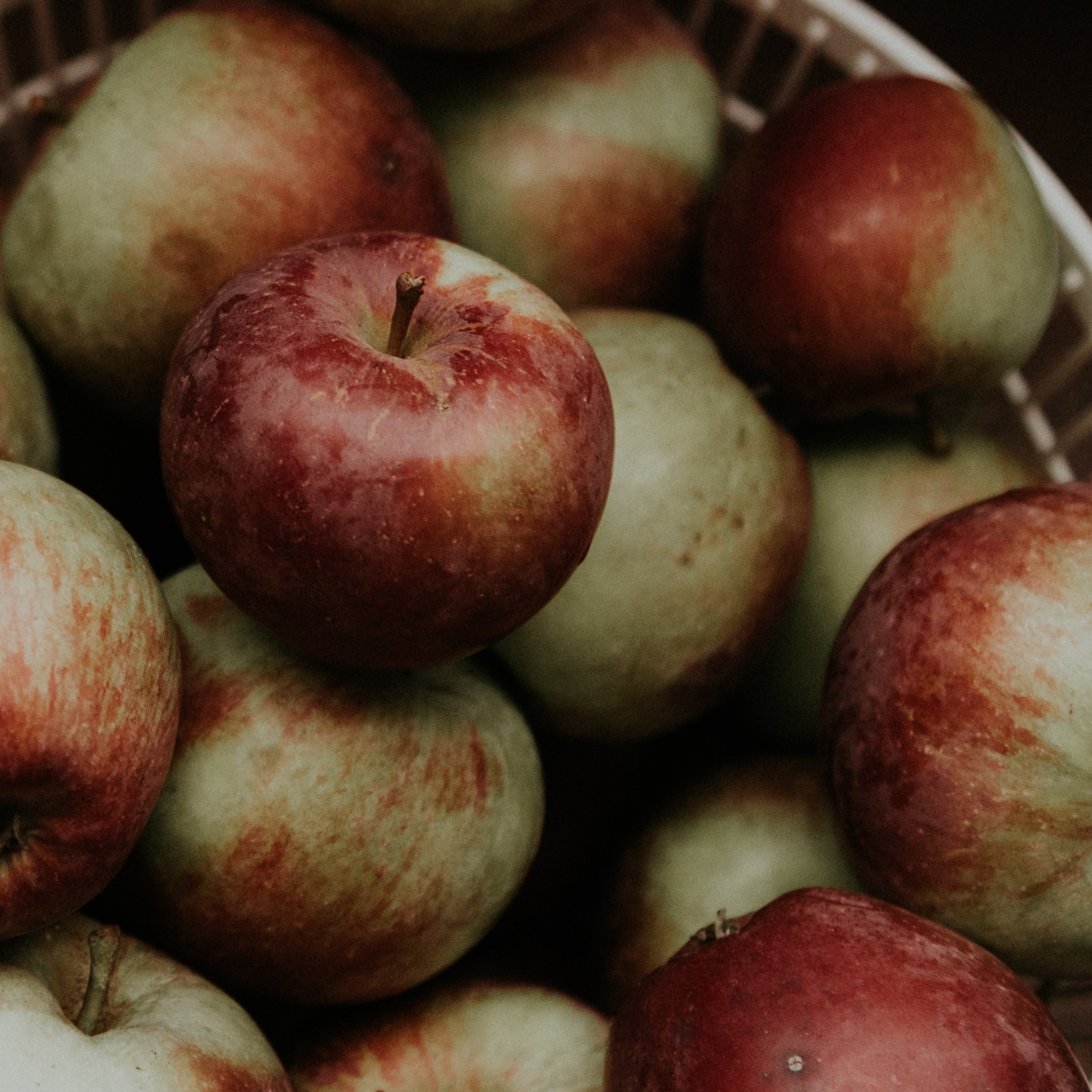
Introduction
Crab apples are small, tart fruits that can be grown successfully in the United Kingdom. With their attractive blossoms and versatile uses, crab apple trees offer beauty and culinary potential in your garden. In this comprehensive guide, we will walk you through the process of growing crab apples, from selecting the right varieties to caring for your trees and utilizing their fruits. Let's get started!
Choosing the Right Variety
When it comes to crab apples, there are several varieties suitable for the UK climate. Here are some popular choices:
- 'John Downie': A classic crab apple variety with bright red or orange-red fruits and a good balance of tartness and sweetness.
- 'Golden Hornet': This variety produces yellow fruits that persist well into winter, making it an excellent choice for ornamental purposes.
- 'Laura': A relatively small crab apple tree that produces small, red fruits with a sweet-tart flavor, suitable for both culinary and ornamental use.
- 'Dolgo': A hardy variety with red fruits that can be used for cooking, juicing, or making jellies.
Sowing and Planting
Crab apples are typically propagated from young trees rather than seeds. Follow these steps to plant your crab apple tree:
- Choose a suitable location: Crab apples prefer a sunny spot in your garden with well-drained soil.
- Prepare the soil: Amend the soil with organic matter to improve its fertility and drainage.
- Dig the planting hole: Make a hole that is wide and deep enough to accommodate the root ball of the tree.
- Planting depth and spacing: Position the tree so that the bud union (the swollen area where the tree was grafted onto the rootstock) is slightly above the soil surface. Space crab apple trees 15-20 feet apart to allow for adequate growth.
- Backfill the hole with soil, firming it gently around the roots. Water thoroughly.
Growing
To ensure healthy growth and a bountiful display of crab apple fruits, consider the following tips:
- Sunlight: Crab apples thrive in full sun, so ensure they receive at least 6-8 hours of direct sunlight each day.
- Watering: Provide regular watering, especially during dry periods. Crab apples prefer consistently moist soil, but avoid overwatering to prevent root rot.
- Soil conditions: Crab apples prefer well-drained soil with a pH between 6 and 7. Amend the soil with organic matter if necessary.
- Fertilizing: Apply a balanced fertilizer formulated for fruit trees in early spring and again in early summer. Follow the recommended application rates provided by the manufacturer.
- Pruning: Prune crab apple trees during the dormant season (late autumn to early spring) to remove dead or crossing branches, maintain an open center structure, and promote airflow.
- Pest control: Monitor your crab apple tree for common pests such as apple scab or aphids. Use organic or chemical controls as necessary.
Harvesting
Crab apples are typically ready to harvest in late summer or early autumn. Here's how to know when they are ripe:
- Color change: Look for crab apples that have developed their characteristic color. Red or yellow varieties should be fully colored.
- Firmness: Gently squeeze the crab apples. They should feel firm but not too hard.
- Taste test: Sample a few crab apples to assess their flavor. They will be tart and acidic, which is typical for crab apples.
- Harvesting technique: Twist the crab apples gently, giving them a slight upward lift to detach them from the tree. Alternatively, use pruning shears or scissors to cut the fruits, leaving a short stem attached.
Plant Care
Proper care is essential for the health and productivity of crab apple trees. Consider the following practices:
- Winter protection: In colder regions, protect young crab apple trees from frost and freezing temperatures by wrapping the trunk with burlap or using tree wraps.
- Thinning fruit: If your crab apple tree produces an abundance of fruits, thin them out when they are small to ensure better fruit size and quality.
- Pruning: Prune crab apple trees during the dormant season to maintain shape, remove dead or crossing branches, and promote airflow.
Storing and Using
Once you've harvested your crab apples, here are some tips for storage and usage:
- Culinary uses: Crab apples are not typically consumed fresh due to their tartness, but they are excellent for making jellies, jams, and preserves. They can also be used in pies, sauces, or even as a flavoring in cider.
- Ornamental uses: Crab apples are valued for their ornamental beauty. You can use them in flower arrangements or display them as decorative fruits in your home.
Conclusion
Growing crab apples in the United Kingdom allows you to enjoy the beauty of their blossoms and the versatility of their fruits. By selecting the right varieties, providing proper care, and addressing common challenges, you can cultivate healthy crab apple trees that bring both ornamental and culinary delight to your garden. Whether you utilize their fruits for preserves or simply enjoy their presence in your landscape, crab apple trees will add charm and interest to your outdoor space. Happy crab apple growing!